|
|
|
|
|
|
|
|
February 16, 2023 | ISSUE 63 |
|
|
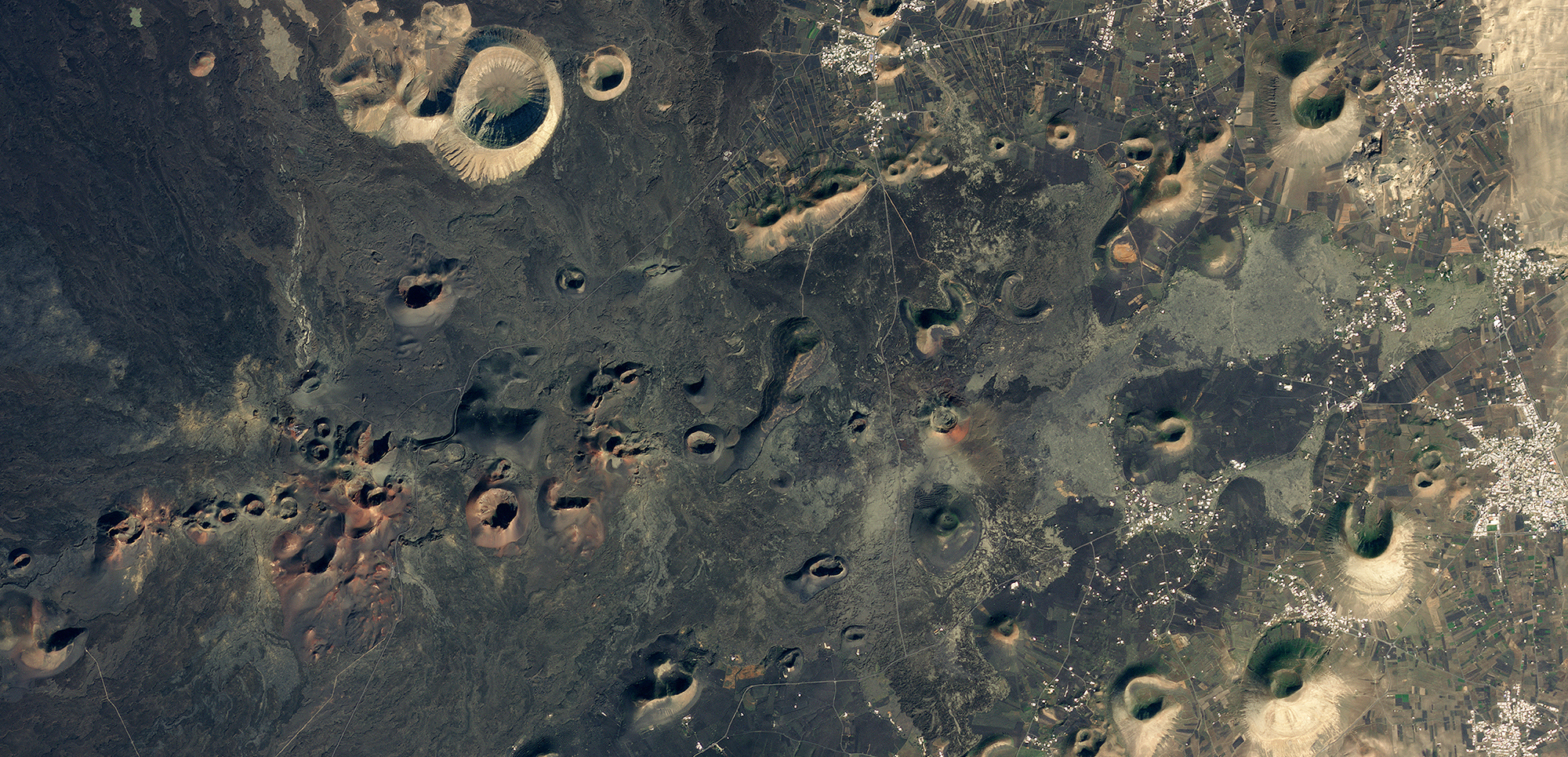 |
PlanetScope • Lanzarote, Canary Islands, Spain • January 15, 2023 |
In this week’s issue:
Earth landscapes as proxy for space exploration Red lakes powered by bacteria Balloons and a slab of concrete Ice ice breaker Having trouble viewing images? Then read this issue on Medium! |
|
|
|
|
FEATURE STORYSpace Analogs
Picture this: two astronauts in spacesuits riding a rover through a pockmarked landscape. Sound like the cratered surface of the moon? Not quite. It’s the Arizona desert blasted with enough TNT to humble Wile E. Coyote. NASA used places like this to prepare Apollo astronauts for the conditions they’d walk out into after landing on the moon. The steps right before humankind’s giant leap in space were a series of short field trips right here on Earth.
Studying the vast and indifferent universe from our spaceship Earth is tricky. We look, probe, and sometimes visit the celestial bodies around us. Mostly we gaze up at the stars and wonder, but sometimes we look down at the ground and investigate. Earth is a life-giving oasis floating amid a seemingly barren backdrop. Yet at its fringes are places so extreme, so inhospitable, and so mysterious that they reveal clues about the nature of the cosmos and the origins of life itself.
|
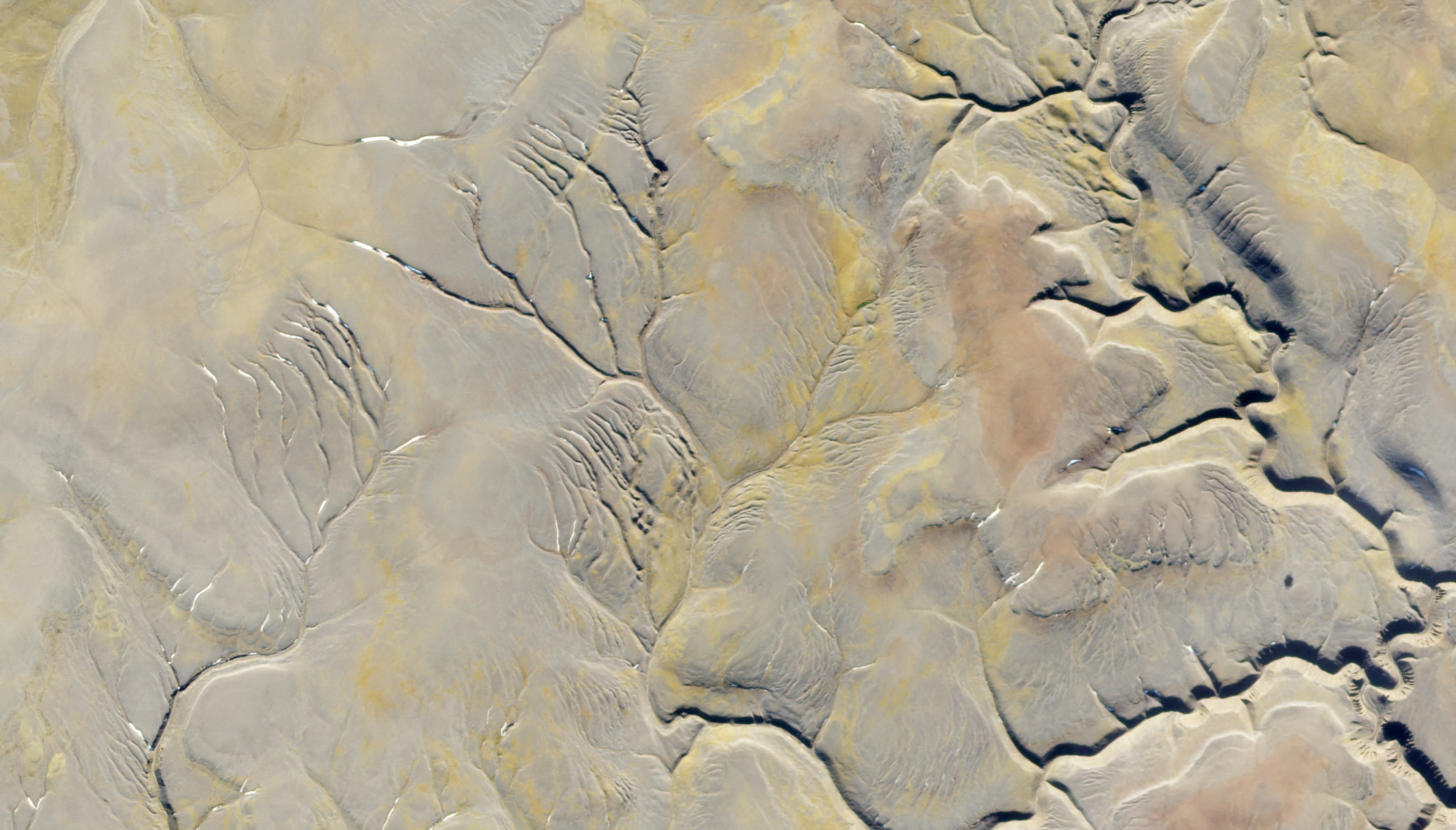 |
PlanetScope • Devon Island, Canada • August 28, 2022 |
Analog sites are used as a proxy for studying other planets and what it takes to travel to them. They can be constructed, like NEEMO—an underwater facility that tests astronauts ability to work in a close-quartered and extreme environment. But others are formed naturally with such radical mineral, geologic, atmospheric, or chemical conditions they’re practically alien already. And when life is found in these spots, scientists pay attention. So here’s a collection of the extremest extremes on Earth and what they reveal beyond our planet. |
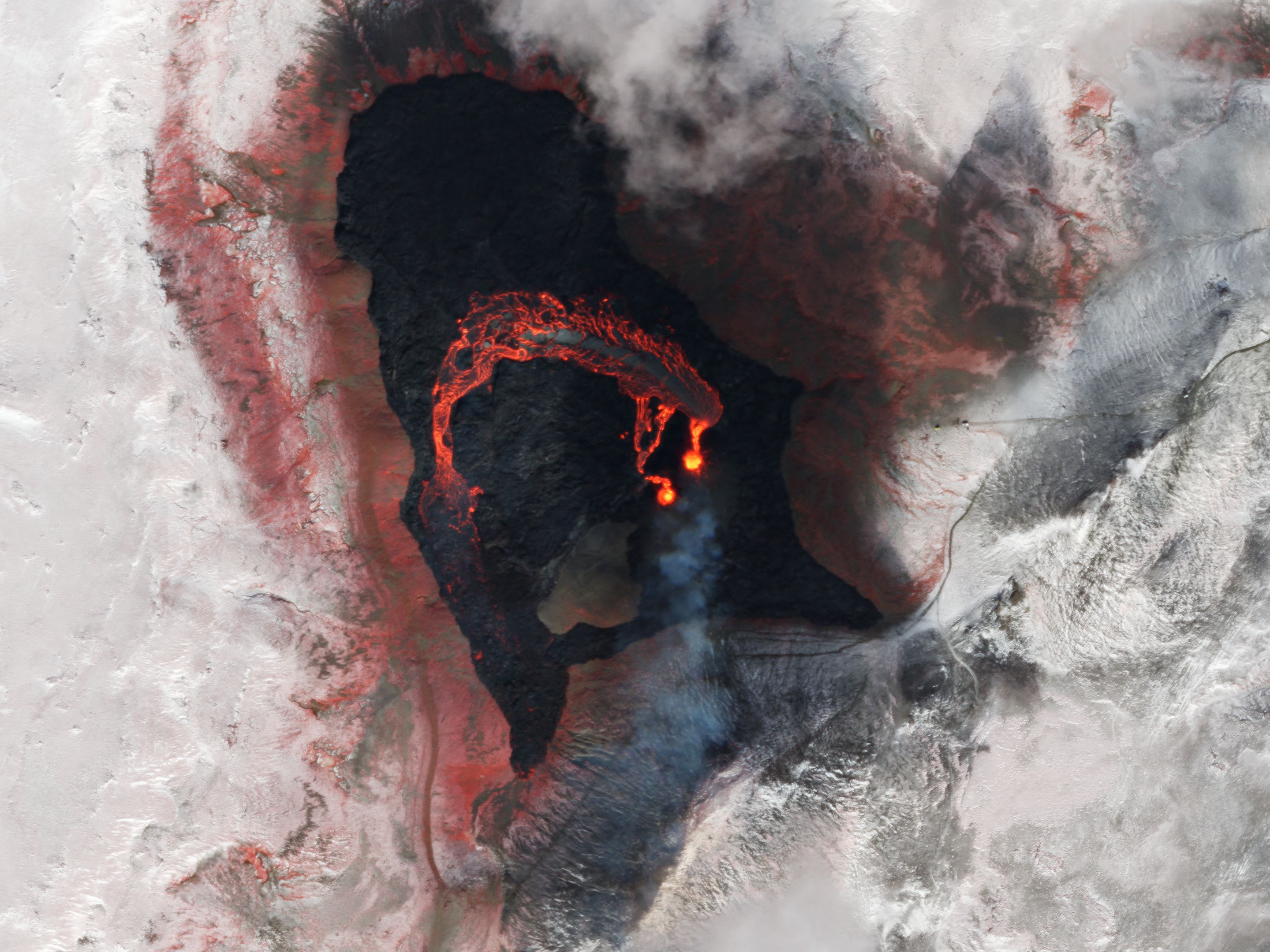 |
SkySat • Fagradalsfjall, Iceland • March 26, 2021 |
The Danakil Depression is a hot and volcanic landscape in northwest Ethiopia. The Dallol crater, pictured below, is the area’s geothermal hotspot, with pools more acidic than battery acid. The Depression has some similarities to parts of Mars. And the recent discovery of a bacteria species living within its acidic, hot, and salty chimneys is a hopeful sign for extraterrestrial life enthusiasts. |
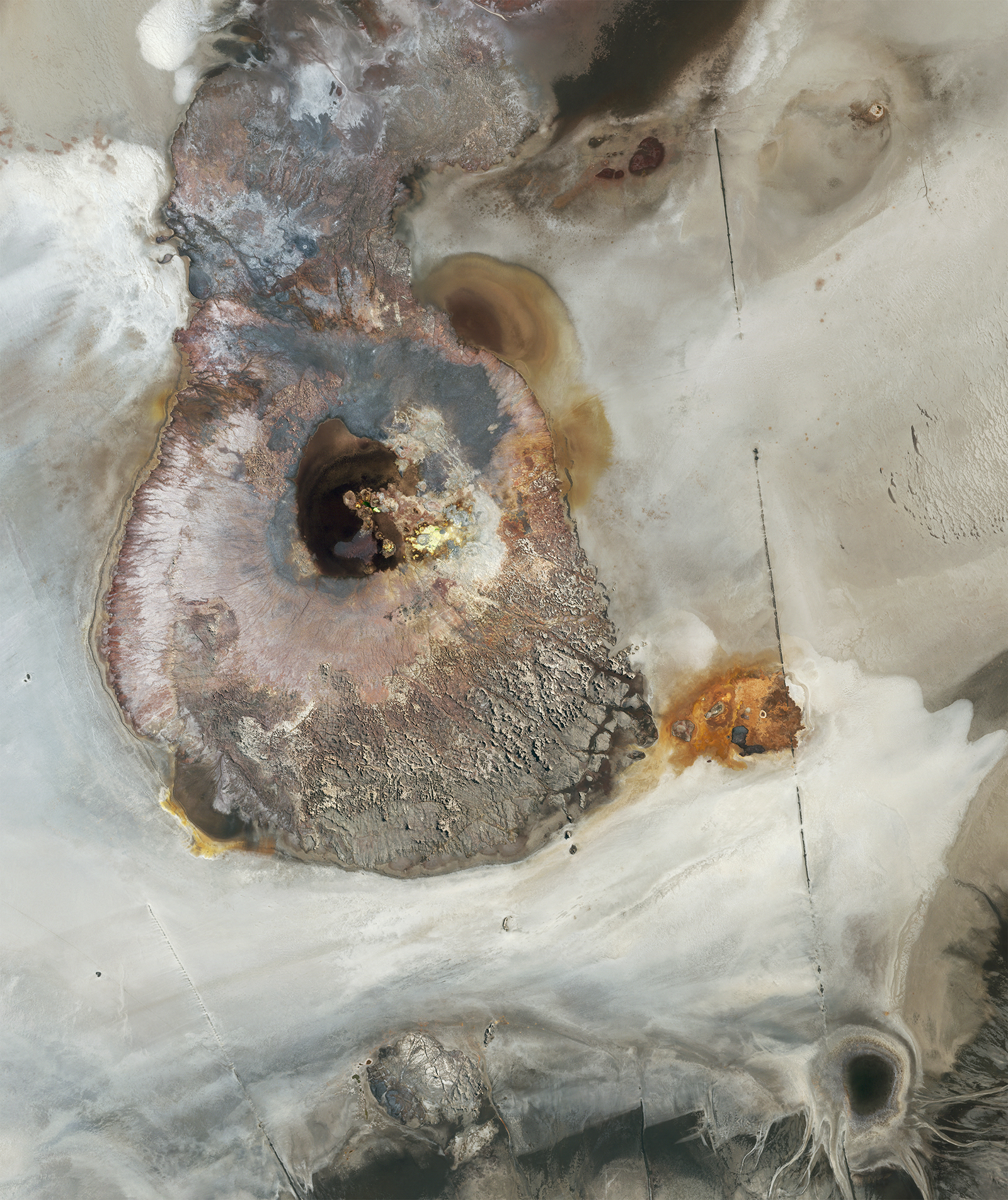 |
SkySat • Dallol, Danakil Depression, Ethiopia • January 29, 2023 |
South America’s Atacama Desert is so similar to Mars it’s genuinely surprising Elon Musk hasn’t tried to land a rocket on it. It’s the driest desert in the world, with some parts receiving less than a millimeter of rainfall a year. Yet some microbial life persists despite its inhospitable conditions. Scientists studying how organisms evolved in these extreme parameters believe it will help us pinpoint where to look for evidence of life on the red planet. It’s fitting that this extraterrestrial-looking landscape is also home to some of the world’s most advanced telescopes exploring the universe. |
 |
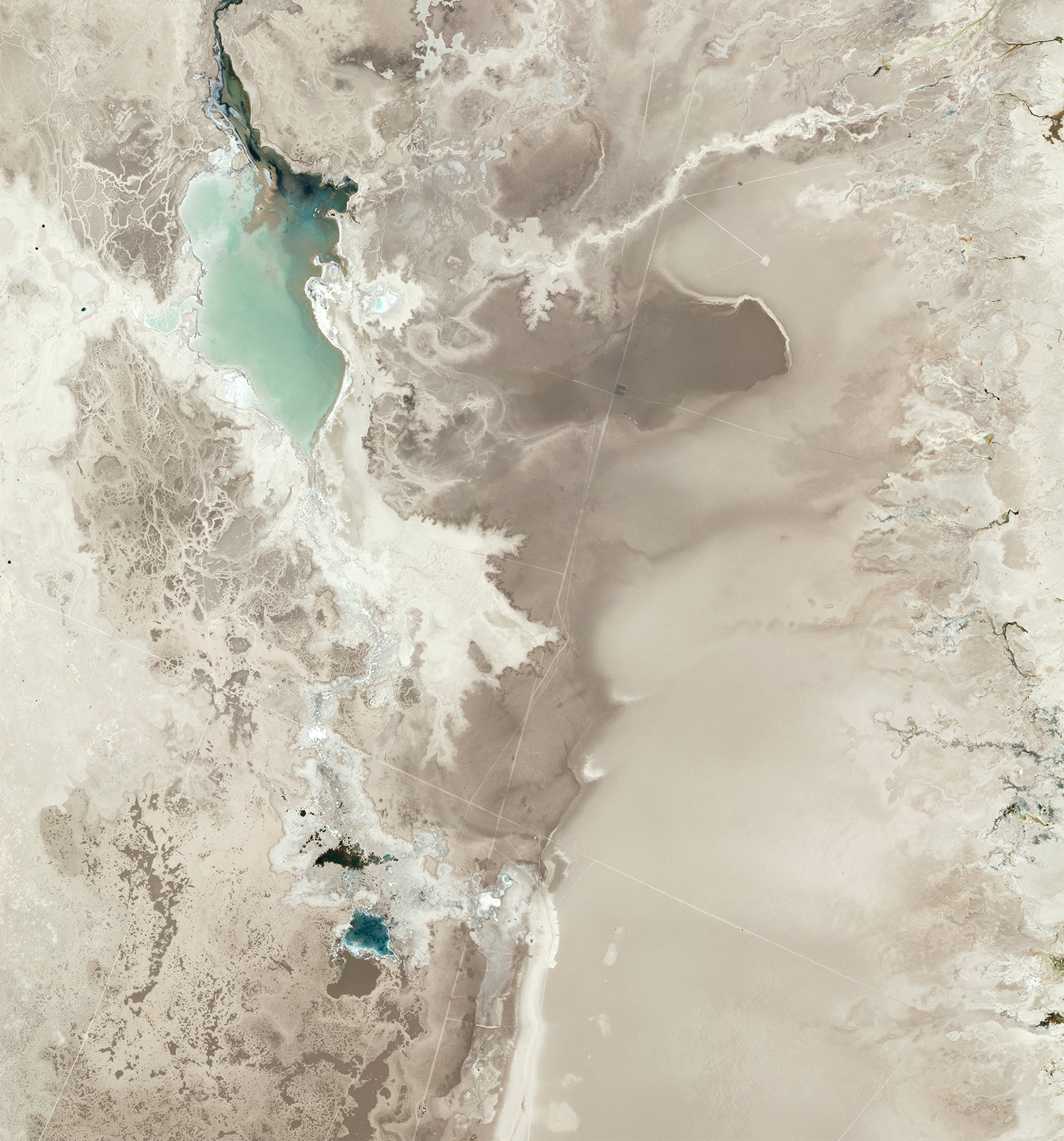 |
SkySat • Salar de Atacama, Chile • January 28, 2022 |
Analog research often studies what life might be like on other planets. But some missions aim to bring life to them. The Mars Desert Research Station is a joint project aimed at accruing and developing knowledge helpful for future Martians. The facility’s geodesic domes, greenhouse, and above-ground tunnels can be seen situated atop the Utah desert. |
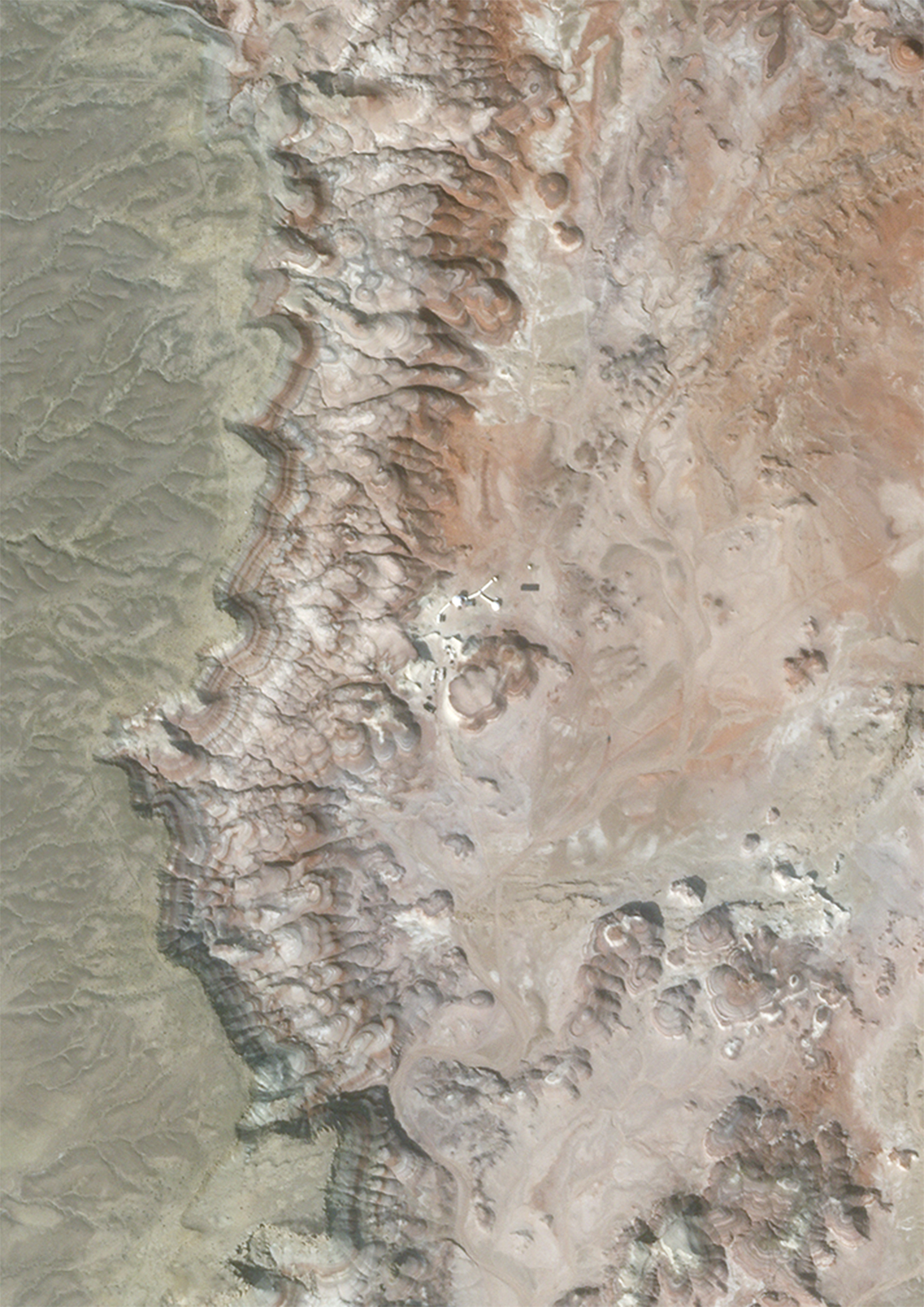 |
SkySat • Mars Desert Research Station, Utah, USA • February 12, 2023 |
Sticking a bunch of people in a self-sufficient dome for 2 years has all the makings for a hit reality TV show. Unfortunately, the first mission in Biosphere 2 wasn’t filmed. But the mission served as an ambitious attempt to simulate what an extraterrestrial colony might be like. In 1991, 8 participants entered the closed-loop habitat, which was designed to mimic Earth (or Biosphere 1) in miniature. The mission had mixed results, with enough success to warrant further research, but sufficient failures that we’re not eager to jump in a 3-acre terrarium anytime soon. |
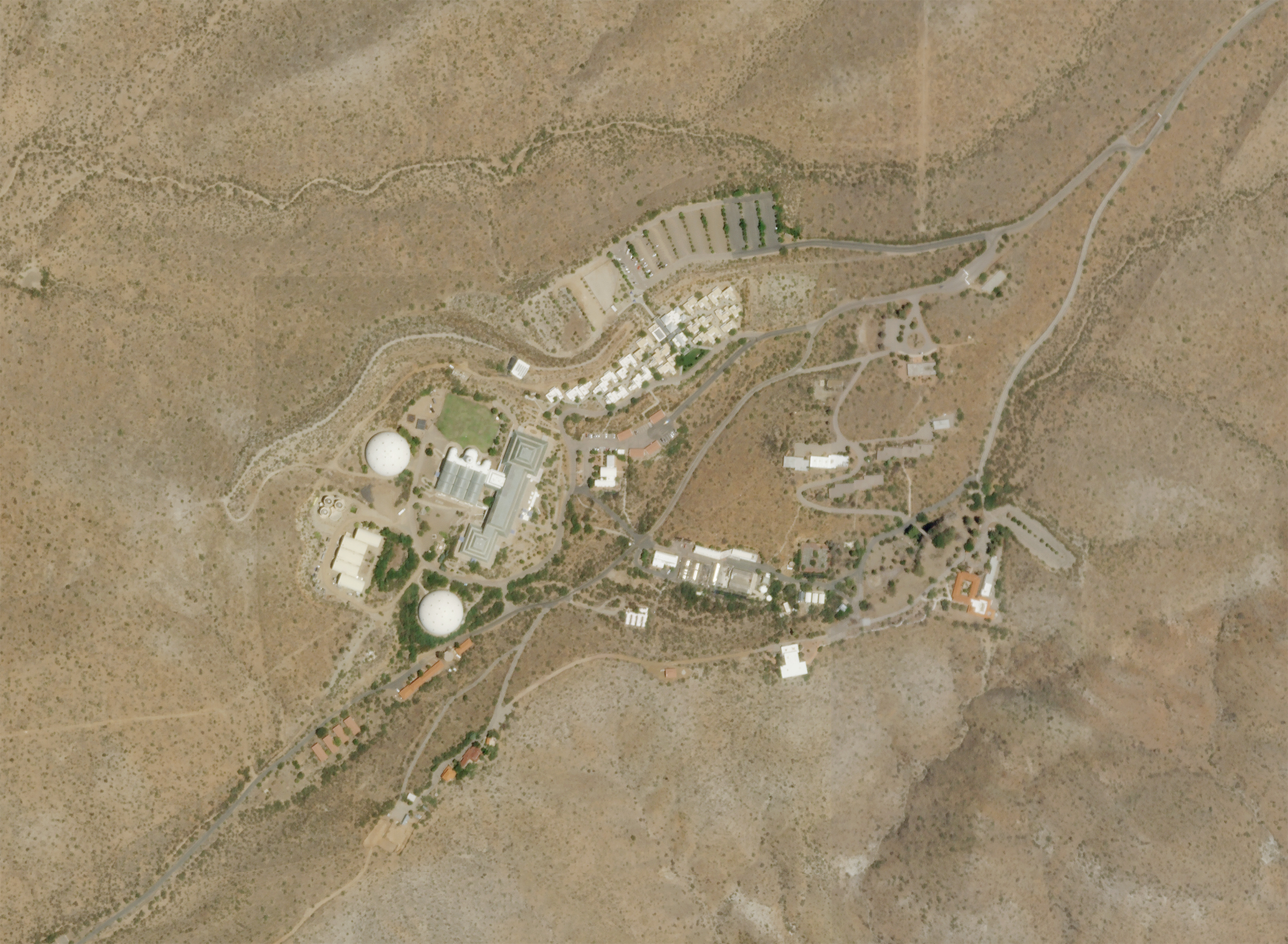 |
|
SkySat • Biosphere 2, Arizona, USA • June 12, 2018 |
The cost and the method of transport are a tad different, but it takes about the same time to get to the moon as it does Antarctica. Which, if you stop to think about it, is pretty wild. Yet not as wild as the crews that spend a year at Concordia Research Station. The base is located just 1,600 km (1,000 mi) away from the South Pole and 600 km (370 mi) from the next populated base, making it more remote than the International Space Station. With low oxygen, cold weather, sunless skies for 4 months, and complete isolation from the outside world, a stay at Concordia is suitable practice for extraterrestrial travel. |
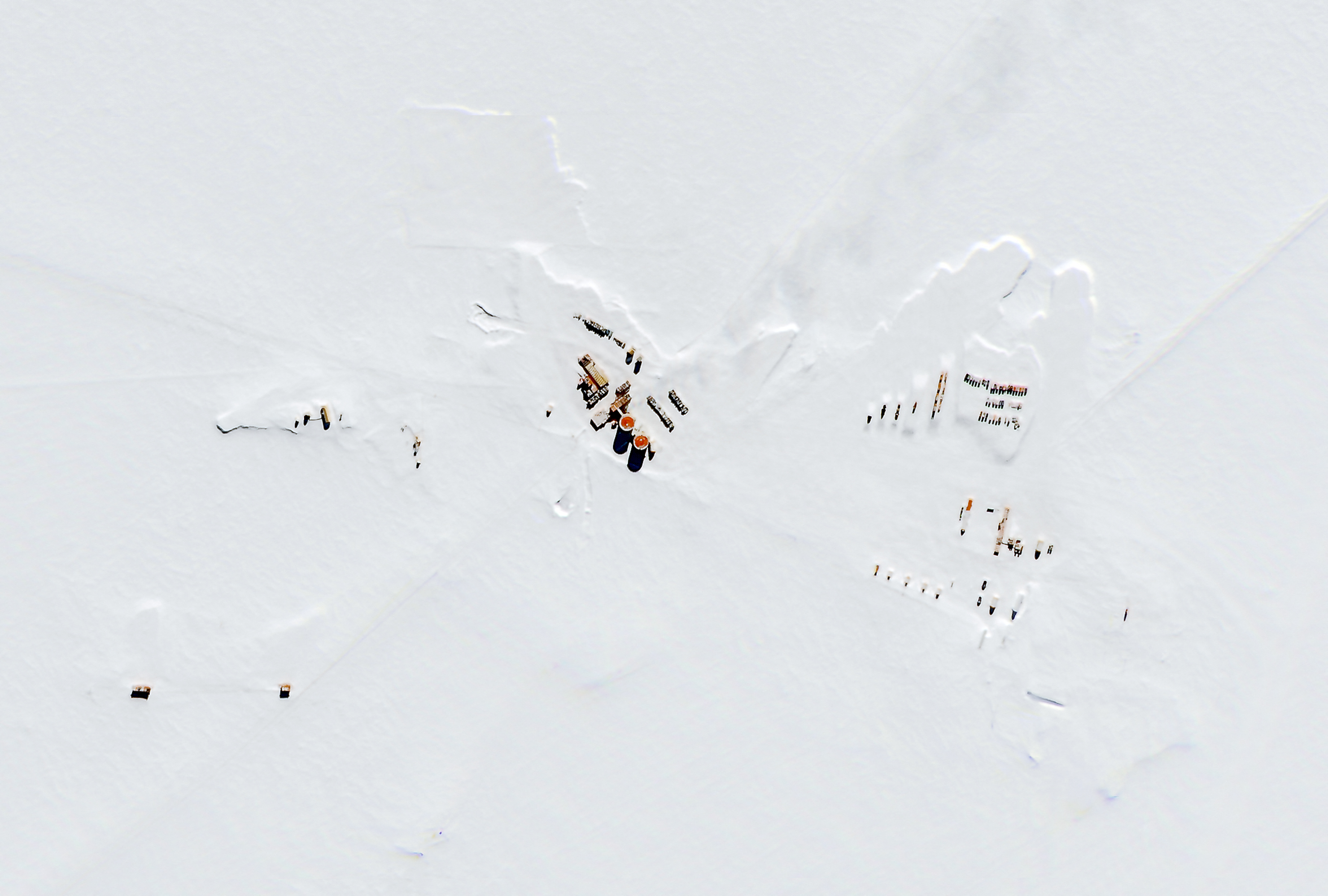 |
SkySat • Concordia Station, Antarctica • February 22, 2018 |
The glaciers of northern Canada don’t seem like an obvious analog for the red dryness of Mars, but rewind a few hundred million years and the comparison may be more apt. Researchers at ASU used satellite and remote sensing data to discover that cold-based glaciers leave distinct tree-like marks in the ground when they melt. Spacecraft images of the Martian surface show a striking similarity to channels found on Mars. Understanding how these ice sheets work can help reveal the history of water on the red planet and about ice loss on Earth itself. |
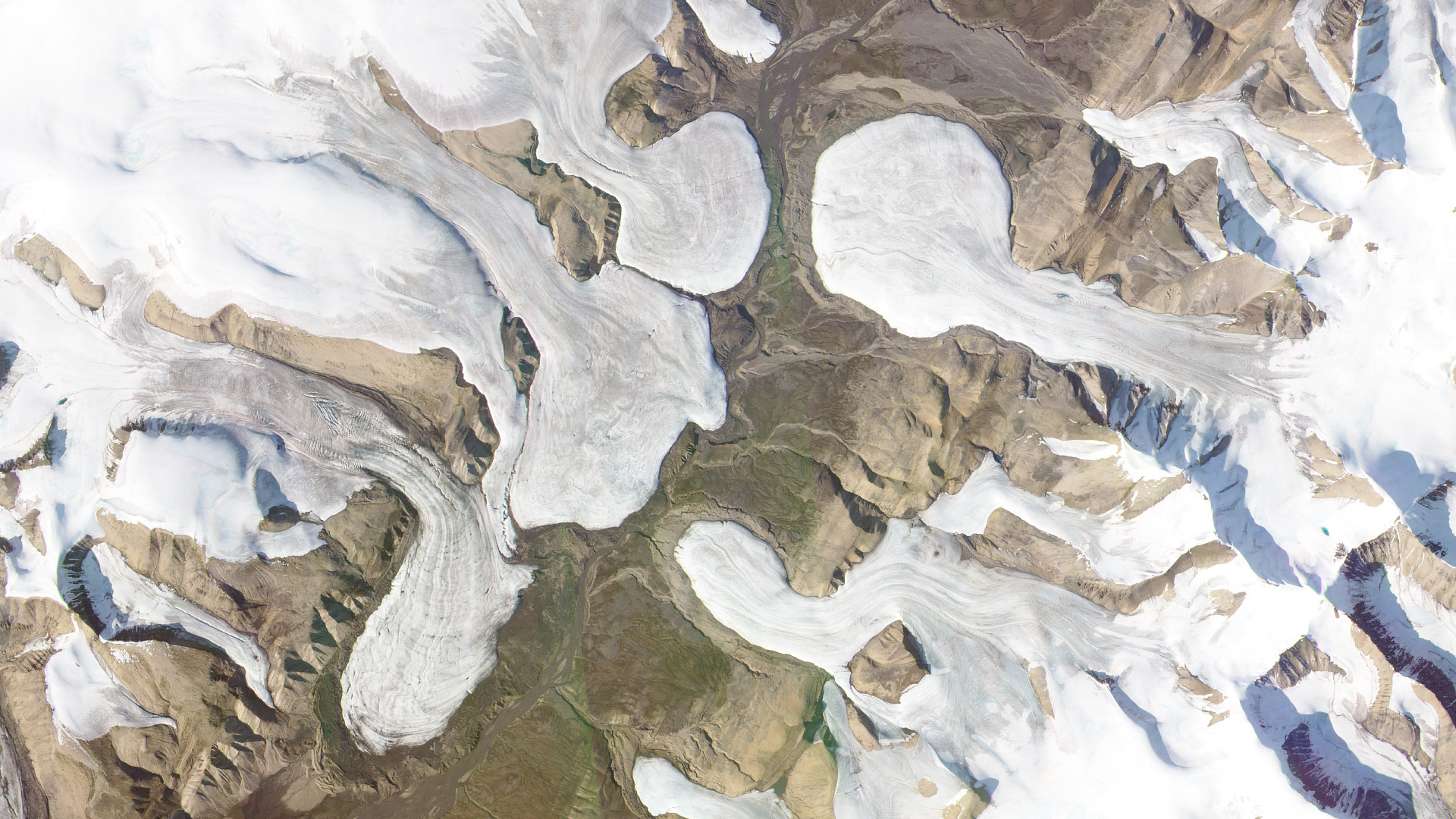 |
PlanetScope • Axel Heiberg Island, Canada • August 15, 2019 |
Analog sites help us prepare for what we might come across past the reaches of our atmosphere and offer clues as to how some organisms live within extreme conditions. But these landscapes also remind us that much of our planet remains unexplored. And even if we don’t find alien life, we think organisms able to live in pure acid are pretty historic too. Most of all, though, they represent the resourcefulness of our species: to use what’s within our grasp to learn about what’s beyond it.
|
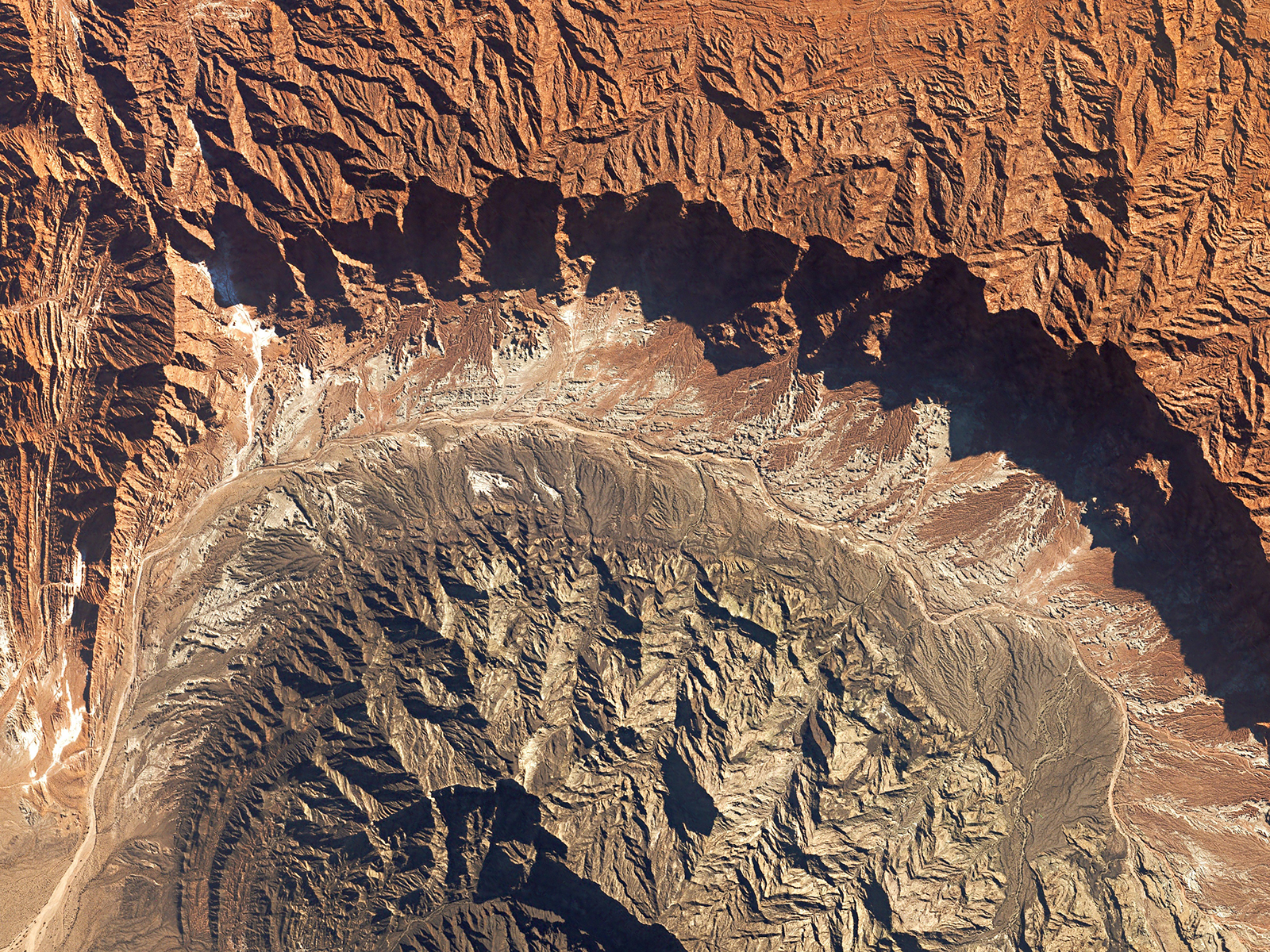 |
PlanetScope • Valle de la Luna, Chile • July 19, 2016 |
|
|
|
|
|
|
|
|
|
|
|
Remote SensationsRed Lakes
Two weeks ago, we covered some otherworldly cerulean lakes found in high altitudes. This week, we’re sticking with the otherworldly theme but flipping the color wheel. Salt lakes aren’t a particularly welcome environment for life. But Gordon Ramsay and certain species of bacteria thrive in the saltiness, the latter of which is responsible for the red hue. And since it was Valentine’s Day this week we figured we’d throw you lovebirds some extra red. |
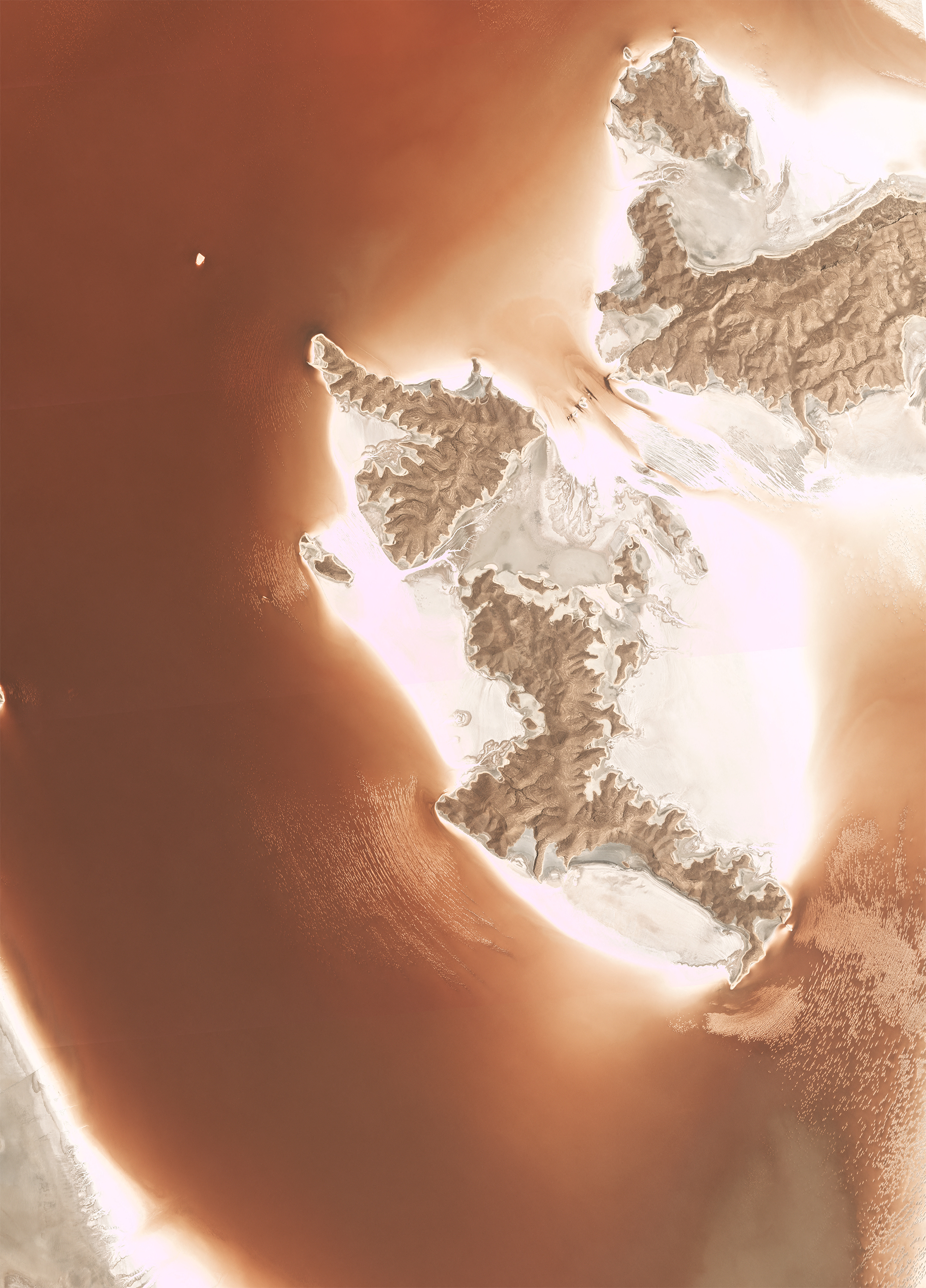 |
PlanetScope • Lake Urmia, Iran • July 14, 2016 |
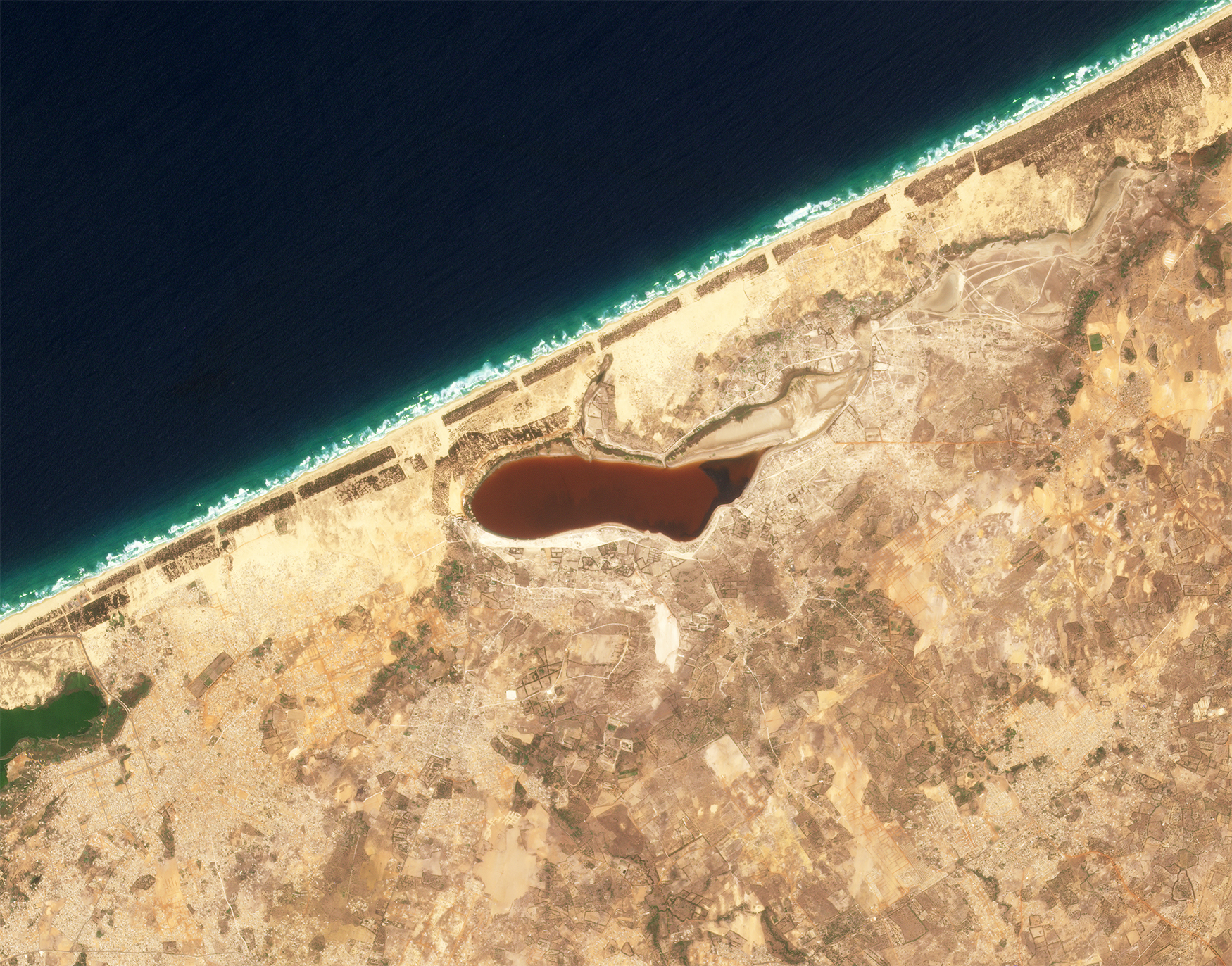 |
PlanetScope • Lake Retba, Senegal • May 19, 2022 |
|
|
|
|
|
In The NewsBalloons
First rule of international air disputes: don’t bring a balloon to an F-22 fight. This week, a fourth flying object was shot down by fighter jets over North America, leading to a flurry of UFO speculation, inflating international tensions, and a new slew of punny headlines. Journalists at the WSJ and analysts at MIIS identified a slab of concrete in Inner Mongolia believed to be the launch site for the balloons, though there’s also speculation that the site could be on Hainan Island. So the jury’s still out, as are the balloons. |
 |
PlanetScope • Inner Mongolia • August 31, 2022 |
|
|
|
|
|
Icebreaker
If you’re in quick need of an icebreaker, we’ve got just the thing: an ice ice breaker. These large icebergs were seen disrupting an ice floe—but not the conversational flow—near Greenland.
|
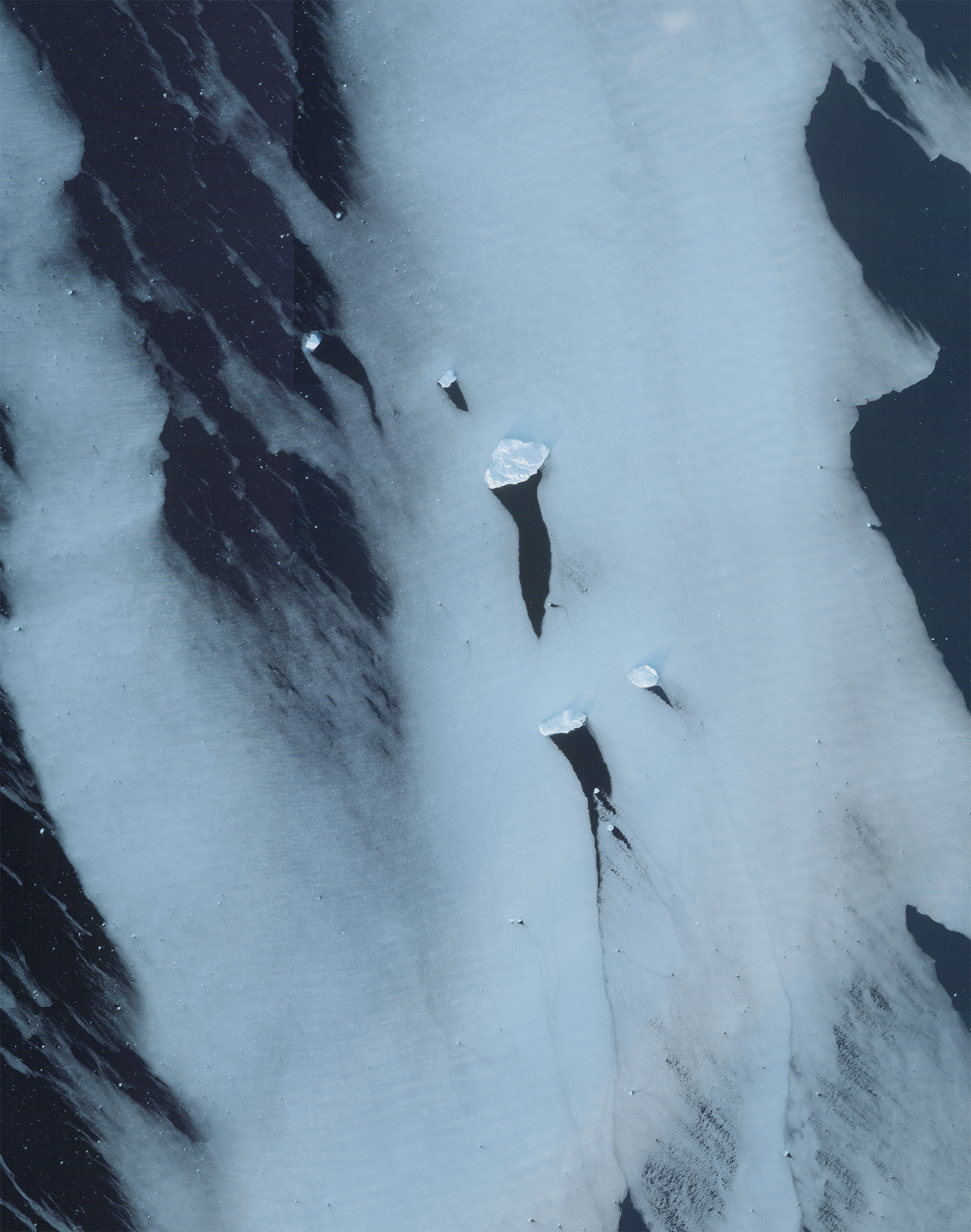 |
SkySat • Greenland • February 8, 2023 |
|
|
|
|
|
Weekly Revisit
Last week we dug in and expired the booms and busts of the mining industry. And check out the whole archive if you’re extra curious.
|
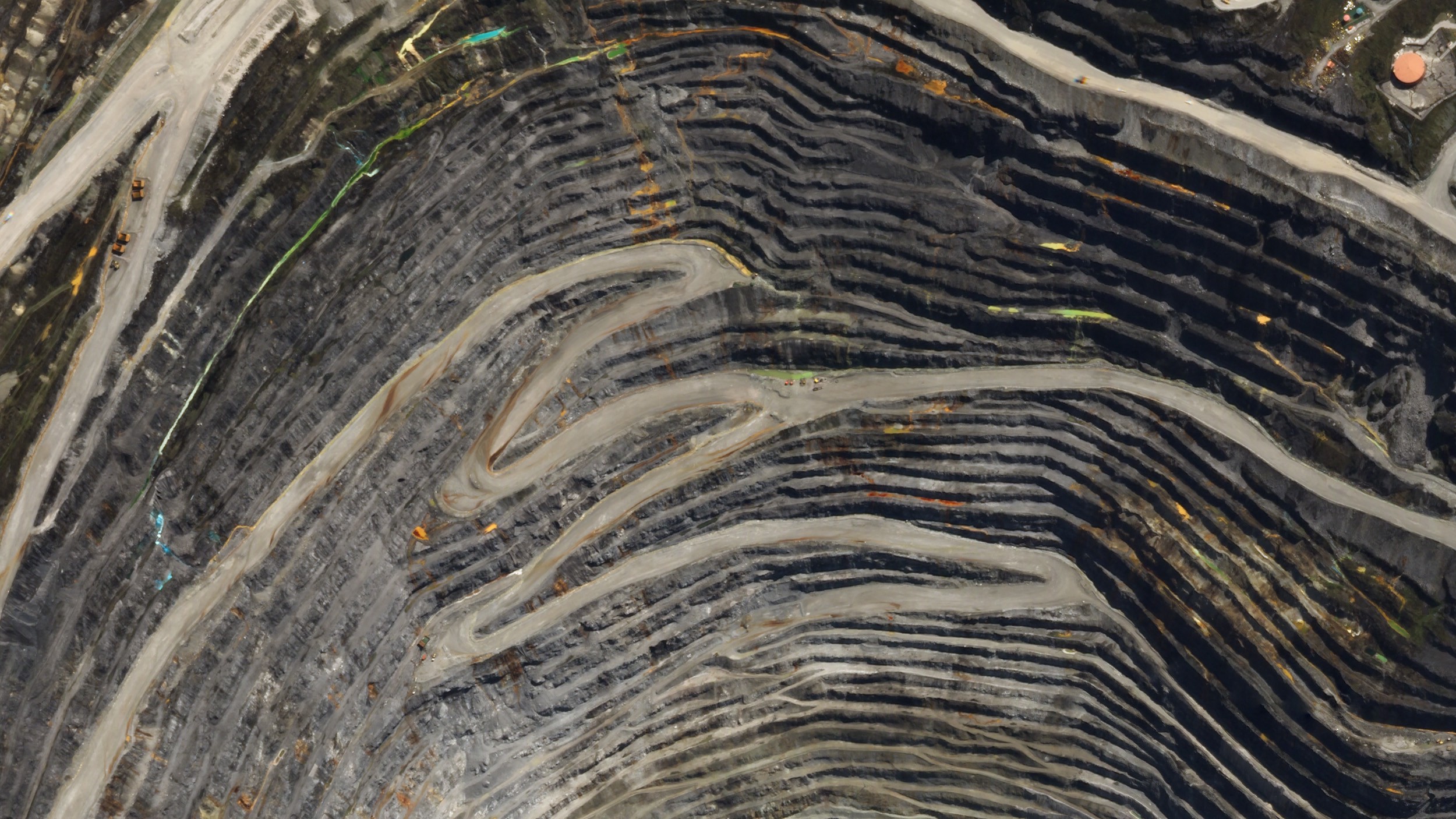 |
SkySat • Grasberg mine, Central Papua, Indonesia • August 4, 2017 |
|
|
|
|